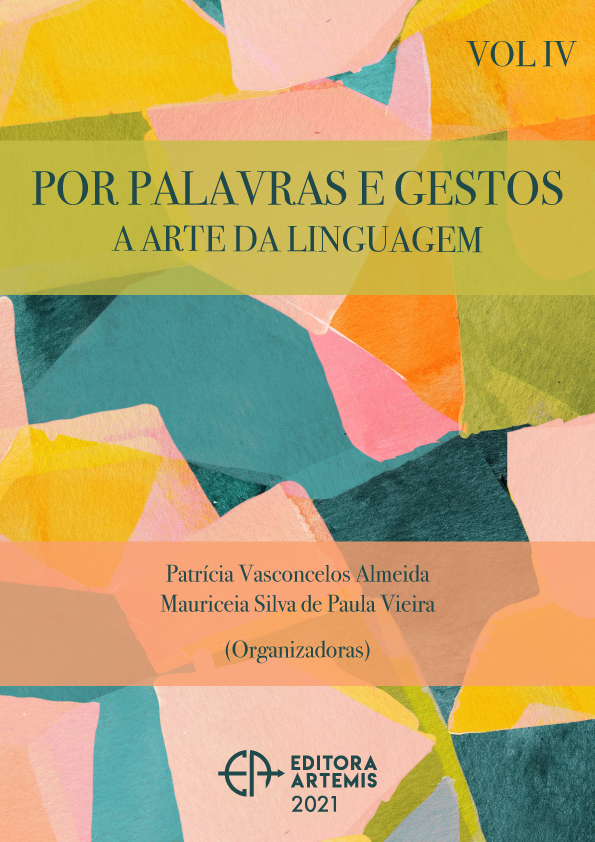
Do diário ao Facebook: itinerários da escrita íntima
Gêneros textuais e gêneros digitais que falam de si (diário, agenda, blog, facebook) pertencem ao domínio confessional, apresentam narrativas pessoais com características específicas e utilizam suportes variados, como papel e internet. Durante muitos anos eram escritos em cadernos e guardados “a sete chaves” por seus autores para que não fossem lidos por outras pessoas. Por volta dos anos 80, surgiram as agendas de adolescentes. Traziam como diferencial a presença de um leitor participativo: os textos eram compartilhados com amigos, e bilhetes e comentários eram escritos nas páginas das agendas. Com o advento da internet, o diário e a agenda se fundem no blog que aproveita os recursos do suporte virtual, tornando o gênero interativo, hipertextual e multimídia. Mais recentemente, aparecem no formato de pequenos textos ou frases (posts) acompanhados ou não de fotografias, imagens e vídeos, na rede social Facebook. Apresenta-se aqui uma descrição do percurso “diário-posts”, elencando categorias pertinentes aos gêneros textuais e digitais, com o objetivo de analisá-las e compará-las e de mostrar que tais textos podem ser de grande valia para o ensino da Língua Portuguesa, visto que são motivadores da leitura e da escrita pelos jovens. O referencial teórico é baseado principalmente nos conceitos de gêneros textuais, gêneros do discurso e gêneros digitais de Bakthin e Marcuschi. O corpus utilizado compreende diários, agendas, blogs e posts no Facebook de jovens.
Do diário ao Facebook: itinerários da escrita íntima
-
DOI: 10.37572/EdArt_29012127910
-
Palavras-chave: Gêneros textuais; Gêneros digitais; Diário; Blog; Facebook
-
Keywords: Textual genres; Digital genres; Diary; Blog; Facebook
-
Abstract:
Autobiographical texts (diary, agenda, blog, facebook) belong to the confessional domain, and present personal narratives with specific characteristics. They use varied supports, such as paper and the internet. For many years they were written in notebooks and kept "under lock and key" by their authors so that they would not be read by other people. Around the 80's, the teenagers agendas appeared. They brought the presence of a participatory reader as a differential: the texts were shared with friends, and notes and comments were written on the pages of the diaries. With the advent of the internet, the diary and the agenda merged into the blog. This took advantage of the resources of virtual support, making the text interactive, hypertextual and multimedia. More recently, they appear in the form of short texts or phrases (posts) with or without photographs, images and videos, on the social network Facebook. This article intends to describe the daily route-posts, listing categories relevant to the textual and digital genres in order to analyze and compare them and to show that such genres can be of great value for Portuguese language teaching. The theoretical framework is based mainly on the concepts of textual genres, speech genres and digital genres of Bakthin and Marcuschi. The corpus used comprises youth diaries, agendas, blogs and Facebook posts.
-
Número de páginas: 16
- Carmen Pimentel

